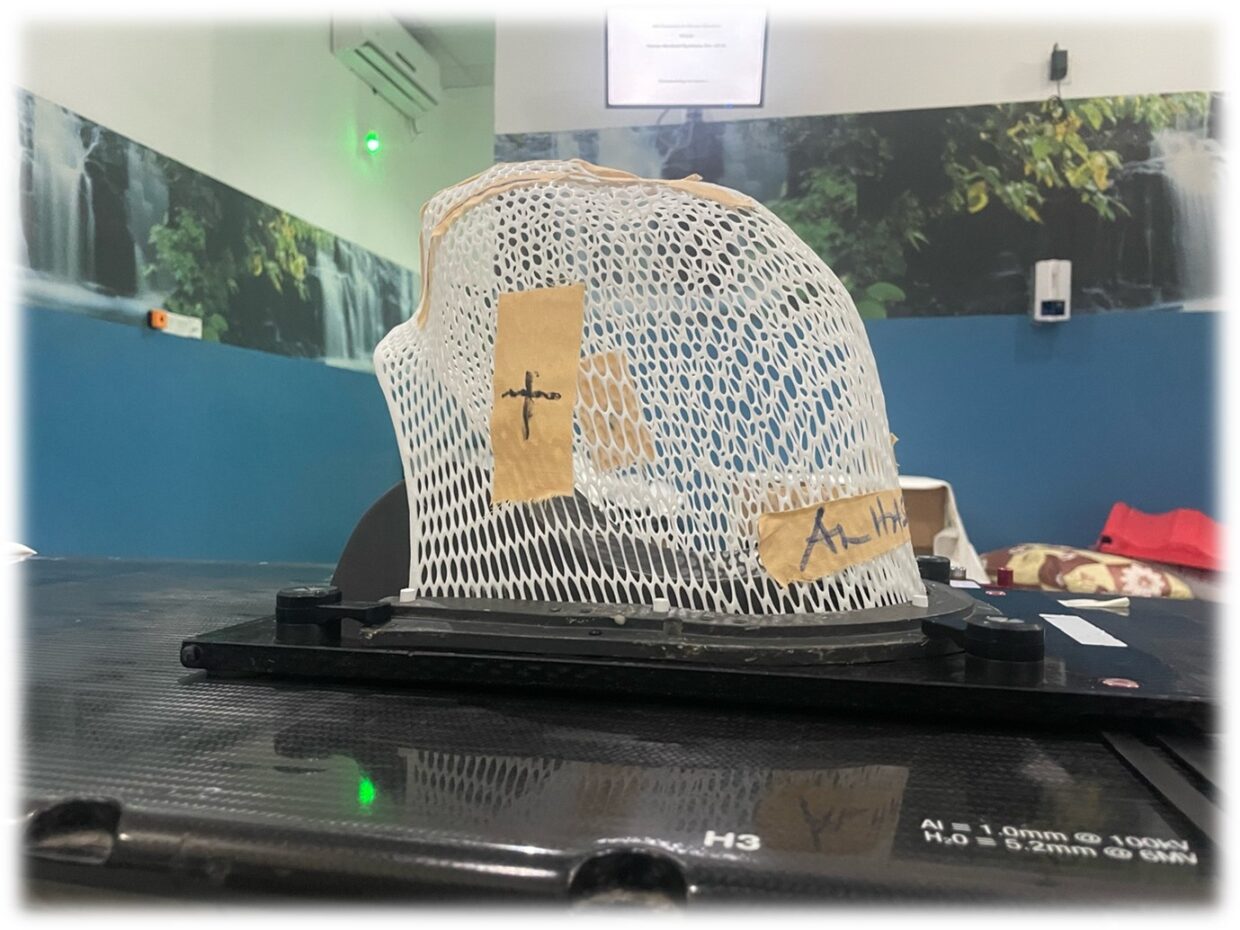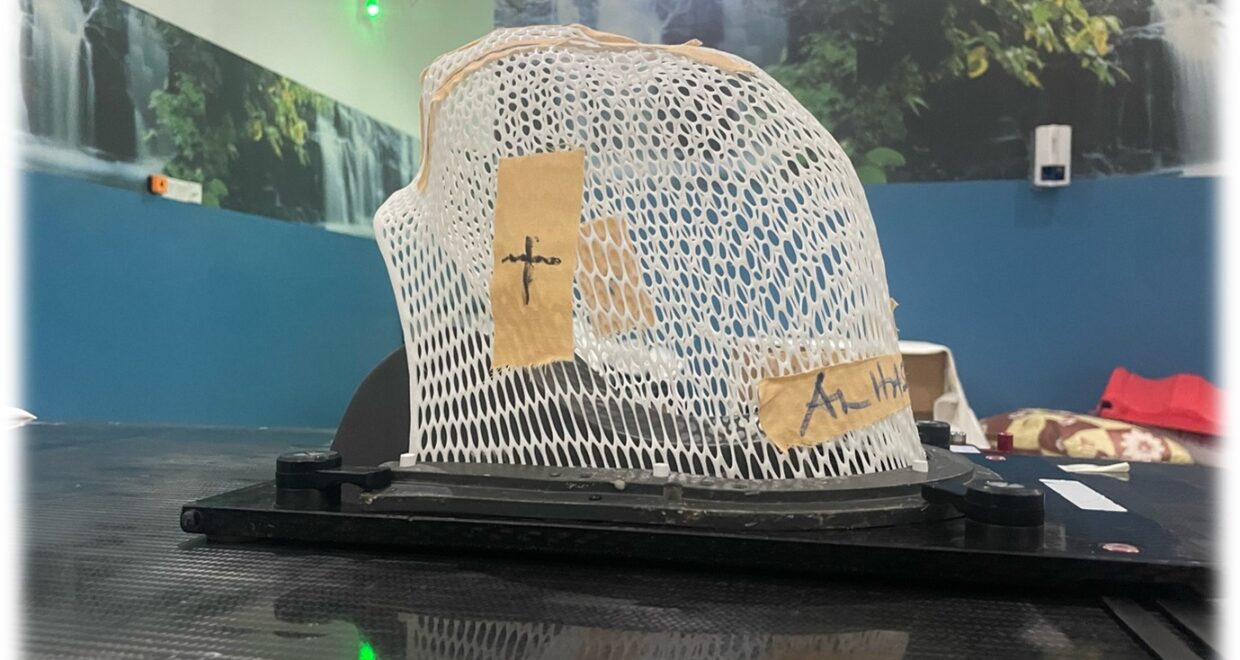Facing the Mask: How Anxiety Shapes Radiotherapy for Head and Neck Cancer Patients

If you have ever felt a pang of anxiety before a medical procedure, imagine being a head and neck cancer (HNC) patient in a resource-limited setting, strapped into a tight thermoplastic mask for radiotherapy. Sounds daunting, right?
Our recent study, published in the Journal of Radiotherapy in Practice (Daniels, Kyei, and Agyei, 2025), dives into this very experience, uncovering a startling reality: nearly 94% of patients feel anxious when using these masks. As practitioners who’s passionate about improving patient care, we wanted to explore why this happens and what can be done about it—especially in places where support is scarce.
Our research, conducted at Ghana’s largest radiotherapy center, involved 145 HNC patients who underwent radiotherapy between 2022 and 2023. We found that the mask-molding process and early treatment sessions triggered the highest anxiety, with many patients feeling trapped or uncomfortable. Younger patients and women seemed to struggle more, possibly due to differences in emotional resilience. But here’s the good news: anxiety dropped significantly by the end of treatment, with 85.5% reporting no anxiety at all. It seems familiarity breeds comfort!
What struck us most was how these patients coped with treatment. Distraction—think focusing on happy memories or a favorite song—was the go-to strategy for 58%, while 46% used visualization, picturing calming scenes. Even talking to loved ones helped 34% feel less isolated. Yet, despite 97% expressing their discomfort to healthcare providers, only 62.8% felt their concerns were adequately addressed. This gap highlights a critical need for better support, especially in low-resource settings where counseling might be a luxury.
So, what can we do? Simple interventions like pre-treatment education, relaxation exercises, or even playing music during sessions could make a big difference. Imagine a patient listening to their favorite playlist while the mask is molded—could that ease the tension? I think it is worth a try!
In the future, exploring patient-customized masks or open-face designs might also improve comfort without compromising treatment accuracy.
I’d love to hear your thoughts! Have you or someone you know faced similar challenges during radiotherapy? What coping strategies worked for you? Let’s spark a conversation about how we can support these brave patients better.
The paper ‘Thermoplastic mask-induced anxiety among head and neck cancer patients undergoing radiotherapy in a limited-resource setting: a cross-sectional study‘, is available as part of the Journal of Radiotherapy in Practice Editors’ Choice collection.





